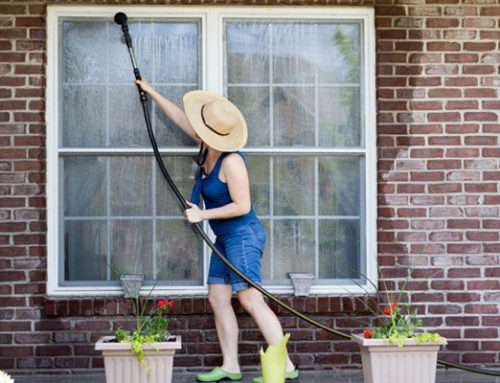Waterproof membranes are applied to a number of different locations on a building. They are primarily (and arguably most importantly) used as a protective layer at the foundation level, laid down after the ground works and prior to pouring concrete. A typical waterproof membrane is the Blueskin type that is made of rubberized asphalt and polyethylene.
While these membranes usually contain a thick polyethylene material, they can be made of other materials that are waterproof and of a comparative strength. The other factor that works in its favour is of course that as it’s a flexible plastic material it can be easily stretched as the foundation settles, forming a continuous layer of protection.
On a conventional building, before the membrane is installed, certain preparations need to be made: namely ensuring that the ground is compacted and level, any sharp stones removed and a layer of sand is laid down.
After ensuring that there’s nothing that can potentially pierce the membrane it can be rolled on top and melded, whilst of course taking into account the formwork that’s been put in place to shape the foundation slab or footings.
The importance of waterproof membranes should not be underestimated. These provide real waterproof protection, and are not simply damp-proof. Water seeping into your basement is not a desirable thing to have by any means, and waterproof membranes are your first line of defence.
For more information on foundation waterproofing, contact the experts at Renco: 613-859-2228.



